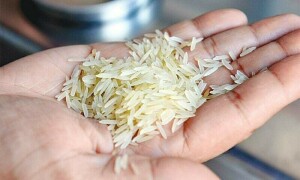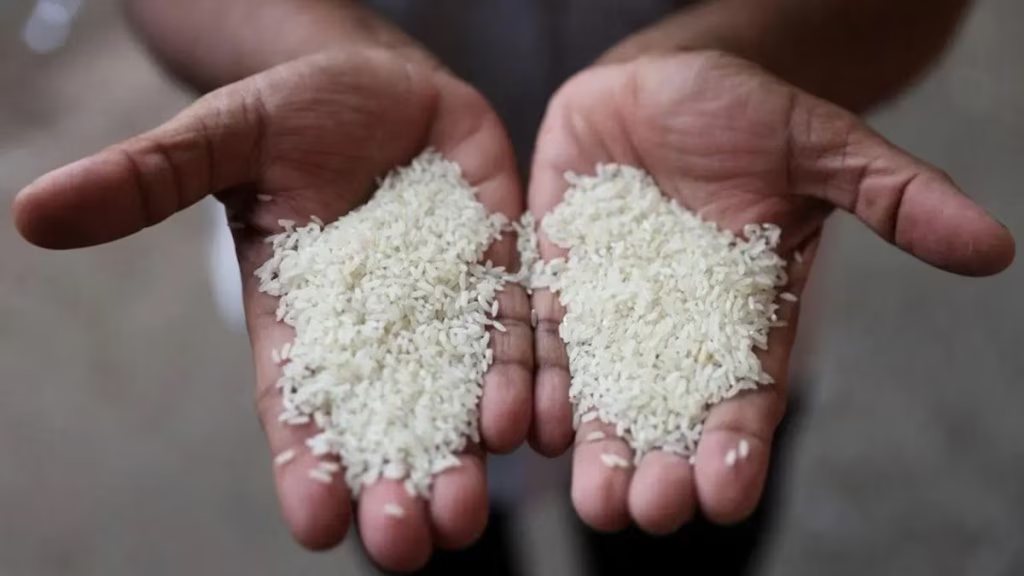Tags
The rice tariffication law and its role in the current rice crisis
In 2018, the country underwent a rice crisis. By October, retail prices of well-milled rice (WMR) reached almost Php 50 per kilo, up 14% over prices in the previous year. Prices for regular-milled rice (RMR) rose by 16%. This coincided with the depletion of National Food Authority (NFA) stocks, delays in import arrivals, and a dip in local production. It was only when then President Rodrigo Duterte ordered NFA to immediately import and allow private traders to bring in rice did rice prices stabilize.
The current situation is eerily similar. NFA stocks are down to just one day’s national consumption. Entering the 3-month lean period in July 2023, over-all inventories (held by farm households, private traders and NFA) sufficed for only about 60 days. Rice from abroad was supposed to cover the 30-day gap, but the war in Ukraine, climatic disturbances and the Indian export ban rendered rice importation expensive and risky. As stocks began thinning out in August and September, prices ascended to levels beyond those in 2018.
The 2018 rice crisis triggered the rapid passage of the Rice Tariffication Law (RTL) in February 2019. Blaming government import controls, RTL’s proponents argued that the private sector could manage the rice market more efficiently. As a result, NFA’s importation, regulatory and price stabilization functions were abolished. The agency was relegated to buffer stocking for calamities. The private sector was given free and unlimited rein over rice importations.
Imports immediately surged to 3.17 million tons in 2019, from previous annual levels of 2 million tons or less. In 2022, they registered an all-time high of 3.85 million tons. These voluminous inflows, especially during local harvests, led to severe drops in palay prices. Between 2019 and 2021, farmers’ incomes declined by Php 4,500 per hectare per season, compared to normal pre-RTL figures.
Low farmgate prices disincentivized farmers; more so, when fertilizer and fuel costs rose starting in 2021. While improving slightly, total rice output did not keep pace with growth in population and demand. Our self-sufficiency ratio, or the percentage of total food and other requirements produced by our farmers, decreased from 90% prior to RTL to 79% in 2021. We became increasingly dependent on foreign suppliers. Rice imports accounted for an average of 19% of our total annual supply during the RTL period, compared to only 14% before that.
Meanwhile, RTL’s promised benefits to consumers in terms of lower rice prices did not materialize. Studies by the Federation of Free Farmers show that net savings to consumers in the first three years of RTL amounted to a measly ₱52 per person per year. Importers and traders pocketed the gains from cheaper imports, even as many undervalued their shipments to reduce their tariff obligations. Many now call the RTL as the “Rice Traders Liberalization Law”.
The country’s growing reliance on imports, coupled with our farmers’ diminished capacity to satisfy our rice requirements, are the proximate causes of the current crisis (extremely tight supplies and prohibitive prices of rice). While the proponents of RTL may not have intended this to happen, they bear responsibility for hastily pushing for its enactment and for peddling their faulty theories and bloated projections about the virtues of full-scale liberalization and deregulation of our rice markets.
According to the Department of Agriculture (DA), as of August 1 this year, the country’s rice stocks had fallen to 39 days level of consumption. This meant that rice good for an additional 21 days of consumption – about 750,000 metric tons – needed to be sourced either from imports or early palay harvests (before the main harvests could start replenishing inventories from late September onwards).
Unfortunately, imports did not come in as expected. As international prices increased, foreign suppliers started reneging on contracts. Local importers themselves scaled down their imports; a few reportedly cancelled their orders. The raiding and padlocking of warehouses of supposed hoarders, and the subsequent imposition of price ceilings on major rice grades, aggravated the problem and caused importers to adopt a wait-and-see stance.
Throughout all this, government was left almost powerless to control events. It could have stepped in early to augment supplies once it detected traders’ reluctance to import. However, RTL specifically prohibited NFA from importing. RTL’s implementing rules do allow the Philippine International Trade Corporation to undertake importation “only in the event of (a) rice supply shortage”. However, the DA repeatedly claimed that there was no rice shortage.
RTL also severely curtailed government’s ability to monitor the rice industry. It removed NFA’s powers to license market players, inspect warehouses, and track stock movements.
This led to essentially fishing expeditions by law enforcers and some legislators to apprehend alleged hoarders, and the recent imposition of price ceilings to ferret out unidentified profiteers! The price caps eventually led retailers to lose money, government to spend money to compensate the retailers, and farmers to suffer from drops in palay prices, with no hoarder or profiteerer being apprehended so far.
The same economic agencies and interests that advocated RTL’s passage are now recommending tariff cuts on rice imports from 35% to 10%, ostensibly to bring down rice prices and control inflation. True to form, they again look abroad to salvage the situation – which their pro-importation policy bias created in the first place.
A tariff reduction will only further discourage our farmers from redoubling their productive efforts. It will. make our food security even more dependent on external players and factors. Nor is there any guarantee that importers and traders will pass on any tariff savings to consumers.
Before humoring these economic theorists and interests again, let us hold them to account for the harm that their wrong prescriptions have inflicted on millions of our small farmers and poor consumers. Let us not allow them to repeat the same mistakes and force others to pay for them.
If El Nino persists until next year, and international prices remain high, we could end up in an even worse predicament, come the lean months of 2024.
There is still some time to prepare for this contingency. We should provide our farmers with the right price incentive in the coming harvest season, so that they will scale up production during the next production cycle. We should put in place the necessary post-harvest facilities to reduce losses and enhance the quality and market value of their produce. We can give farmers the option to store their harvests in idle NFA warehouses, borrow money against their deposits, and then sell them in the open market when commodity prices improve. And we can set up systems that will enable farmers and their organizations to sell their products directly to consumers – with government, together with the private sector, providing logistical support.
Most important, we should renew trust and confidence in our own farmers, and exorcise the myth that open markets are the best guarantee for our food security.
Raul Montemayor is the national manager of the Federation of Free Farmers.
https://verafiles.org/articles/the-rice-tariffication-law-and-its-role-in-the-current-rice-crisisPublished Date: September 10, 2023






